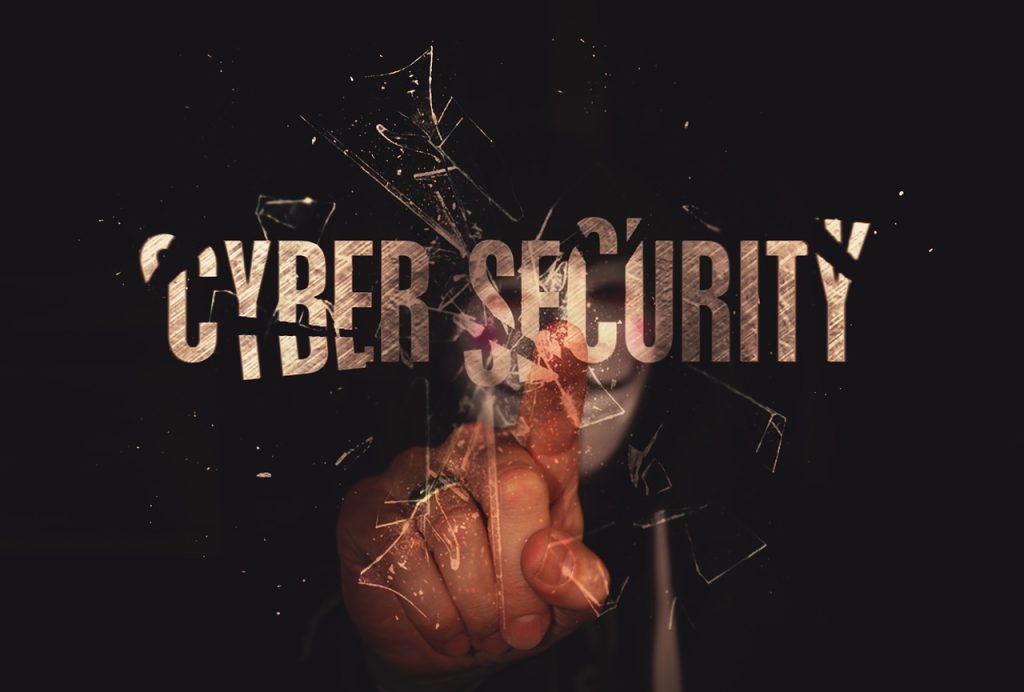In today’s digital landscape, organizations face an ever-growing threat from cybercriminals employing sophisticated tactics to deceive employees and gain access to sensitive information. As instances of identity theft, financial fraud, and data breaches continue to rise, it is crucial for companies to equip their workforce with the knowledge and skills necessary to recognize and combat these threats. Here are the top 10 strategies to arm your workforce against digital deception.
1.Implement Comprehensive Training
Phishing awareness training for employees is the first line of defense. Regularly scheduled phishing awareness training sessions will help employees recognize phishing attempts, understand the tactics employed by cybercriminals, and know how to respond effectively. Incorporating real-world examples and simulations can enhance the learning experience.
2.Encourage a Culture of Vigilance
Fostering an environment where employees feel responsible for security is essential. Encourage them to report suspicious emails or activities without fear of reprimand. Recognizing and rewarding those who demonstrate good security practices can reinforce this culture.
3.Use Simulated Phishing Attacks
Conduct regular simulated phishing attacks to test employees’ ability to identify phishing attempts. This helps reinforce training and provides a practical understanding of the threats they may encounter. Be sure to follow up with feedback and additional training where necessary.
4.Keep Software and Systems Updated
Ensure that all software, applications, and systems are regularly updated to protect against vulnerabilities that cybercriminals exploit. Automating updates can help keep security measures current without placing additional burden on employees.
5.Deploy Multi-Factor Authentication (MFA)
Implementing MFA adds an additional layer of security beyond just passwords. This means that even if an employee’s credentials are compromised, unauthorized access to sensitive information is much harder for cybercriminals to achieve.
6.Establish Clear Security Policies
Develop and communicate clear cybersecurity policies that outline acceptable use of technology, data handling procedures, and guidelines for reporting suspicious activity. Employees should understand the protocols and consequences associated with non-compliance.
7.Offer Ongoing Education
Cybersecurity is a constantly evolving field. Regularly update your training programs to cover new threats and tactics. Providing ongoing education keeps security top-of-mind for employees and ensures they remain informed about the latest risks.
8.Utilize Security Tools
Invest in robust cybersecurity tools that can detect and block phishing attempts, malware, and other threats before they reach employees. Carla from Red Houston SEO says “tools like email filtering systems can significantly reduce the chances of employees encountering malicious content.”
9.Promote Safe Browsing Practices
Educate employees on safe browsing habits, including avoiding suspicious websites, not clicking on unknown links, and verifying the authenticity of sources before entering sensitive information. This knowledge can help prevent many phishing attempts.
10.Encourage Collaboration with IT
Encourage employees to communicate openly with the IT department regarding any cybersecurity concerns or questions. Building a strong relationship between employees and IT can help foster a proactive approach to security.
By implementing these strategies, organizations can significantly strengthen their defenses against digital deception. A well-informed and vigilant workforce is one of the best deterrents against cyber threats, and investing in employee training and awareness is a critical step toward a secure digital environment.
